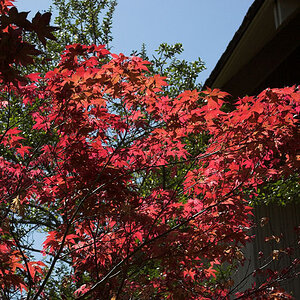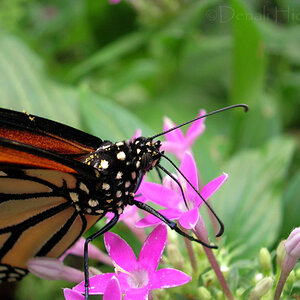Ribbons
TPF Noob!
- Joined
- Jun 24, 2013
- Messages
- 14
- Reaction score
- 1
- Location
- Peterborough, Ontario
- Can others edit my Photos
- Photos NOT OK to edit
I'm not saying I"m a dummy. If you've read my introduction post you may already understand. My head gets really muddled and my memory can be pretty bad. Details and numbers tend to blur in my head.
But I really like photography! And I want to be able to understand the aspects of it so that during my candid shots, I'll understand how to utilize the natural light much more.
Any tips or resources for someone like me? Something that sorta "dumbs down" the information I need to know for shooting properly. Not so much for composition, because I believe I've more or less got that down.
It's just the metering and the apertures and the shutters speeds and the mm's and the 1.8 something or others and the F-stops and how to get the depth of field that you want, how to get sharp photos, how to get decent photos in low light settings without sacrificing so much in ISO and noise.
I know a lot of that takes time, but in the years using my camera, I feel as if a lot of my good images are flukes, and that I use the light meter much more than my own knowledge of the f-stops and aperture sizes. And those are the only two I seem to honestly focus on. I believe there is a large range of settings I overlook like the white metering or the ISO's or whatever I may have left out.
Anything you can think of would be greatly appreciated.
-- Ribbons
But I really like photography! And I want to be able to understand the aspects of it so that during my candid shots, I'll understand how to utilize the natural light much more.
Any tips or resources for someone like me? Something that sorta "dumbs down" the information I need to know for shooting properly. Not so much for composition, because I believe I've more or less got that down.
It's just the metering and the apertures and the shutters speeds and the mm's and the 1.8 something or others and the F-stops and how to get the depth of field that you want, how to get sharp photos, how to get decent photos in low light settings without sacrificing so much in ISO and noise.
I know a lot of that takes time, but in the years using my camera, I feel as if a lot of my good images are flukes, and that I use the light meter much more than my own knowledge of the f-stops and aperture sizes. And those are the only two I seem to honestly focus on. I believe there is a large range of settings I overlook like the white metering or the ISO's or whatever I may have left out.
Anything you can think of would be greatly appreciated.
-- Ribbons



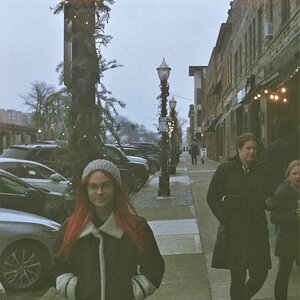
![[No title]](/data/xfmg/thumbnail/39/39532-073f9eb14e26e2b99cc29112b92a2ab6.jpg?1619739072)

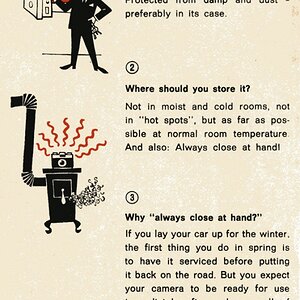
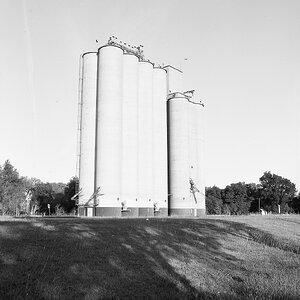
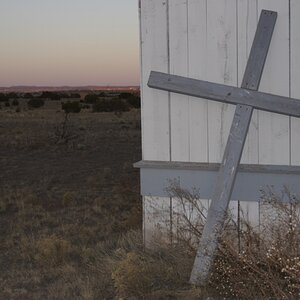
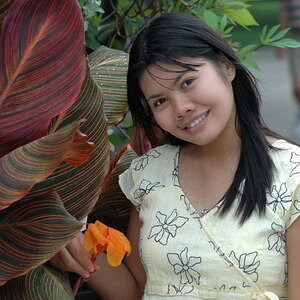
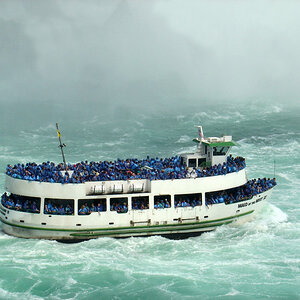
![[No title]](/data/xfmg/thumbnail/40/40296-1e3931509698e96fed6a0e43f5cb4adc.jpg?1619739411)
